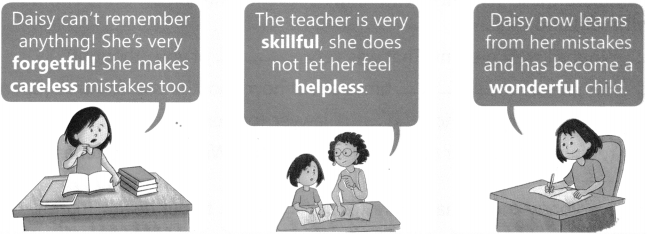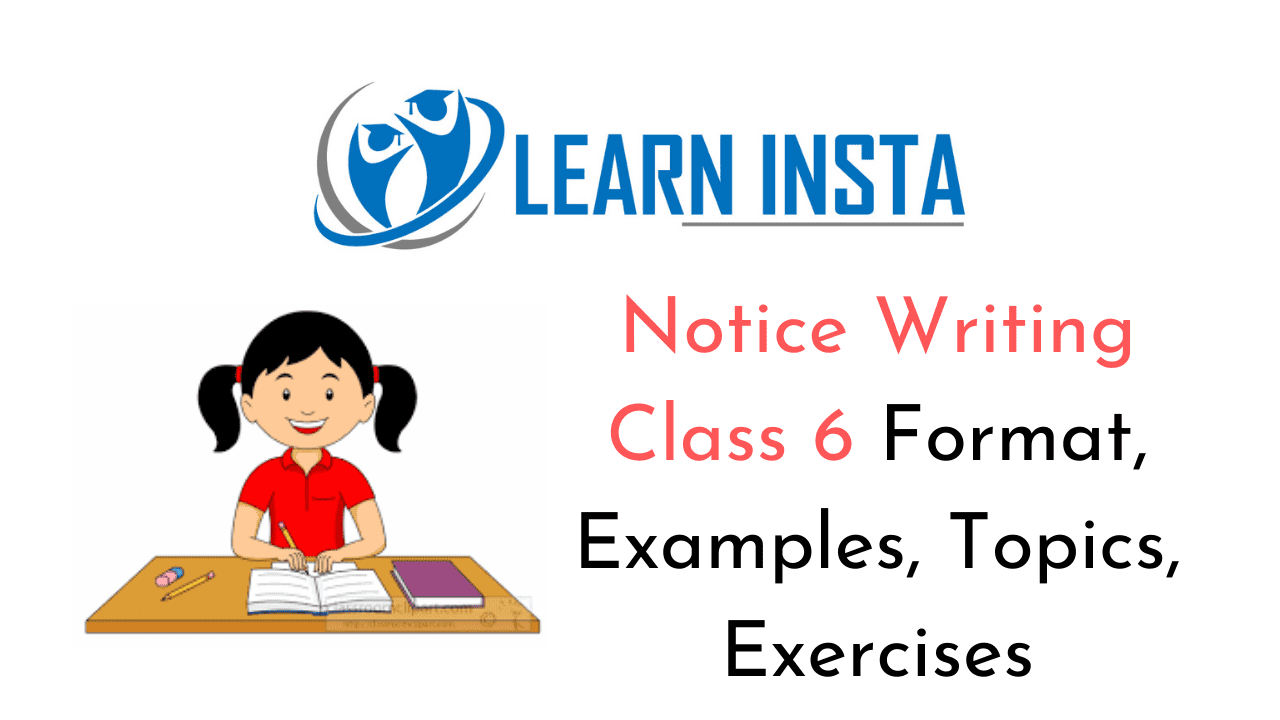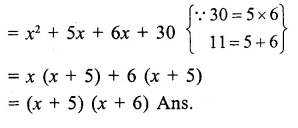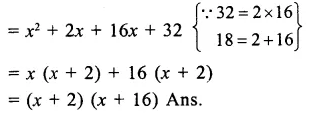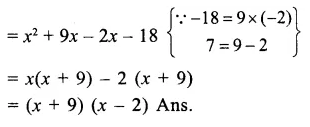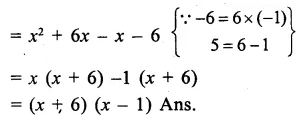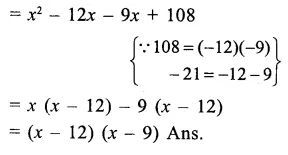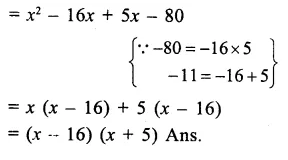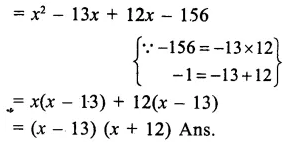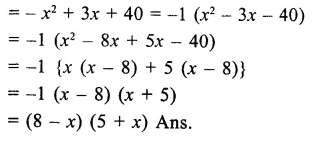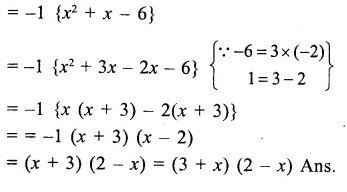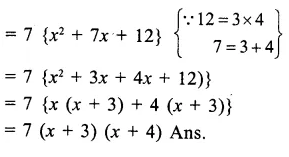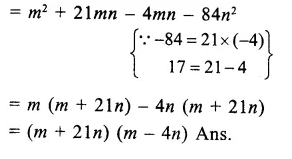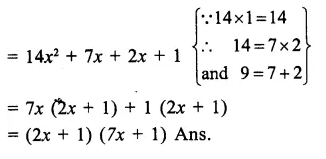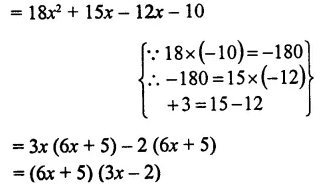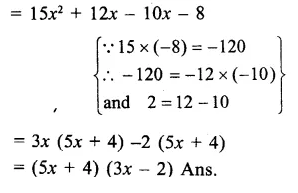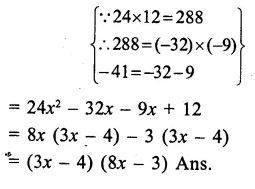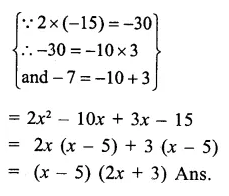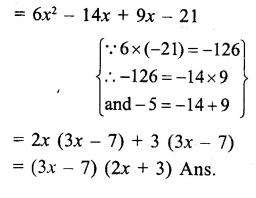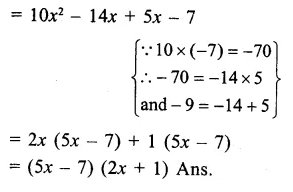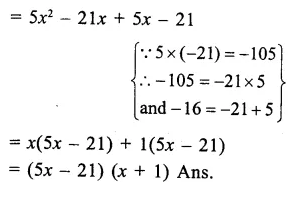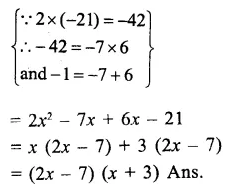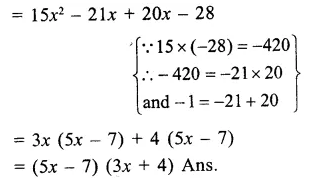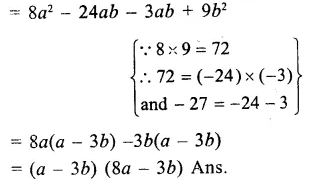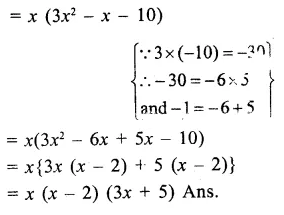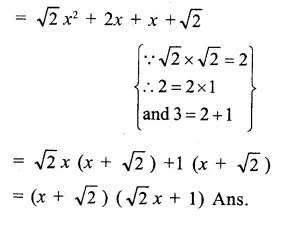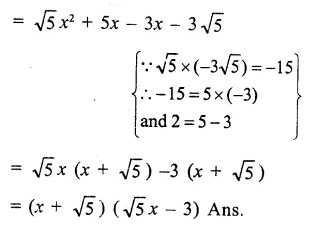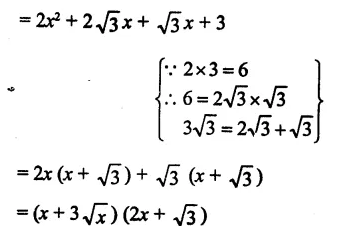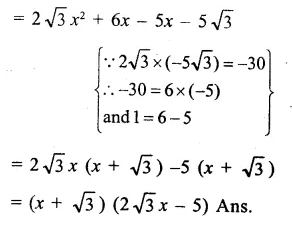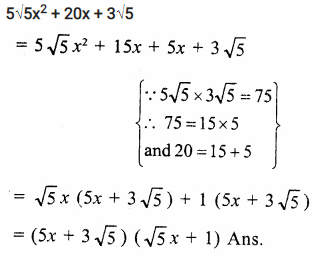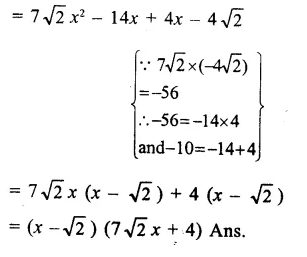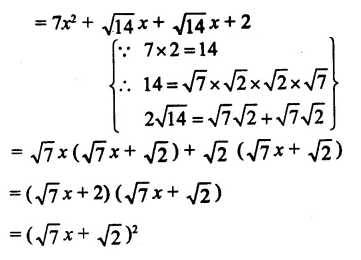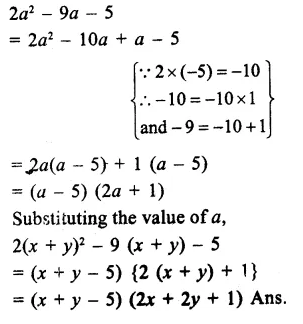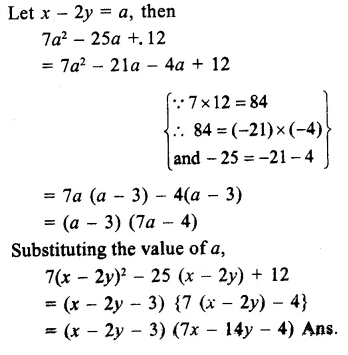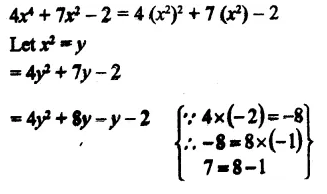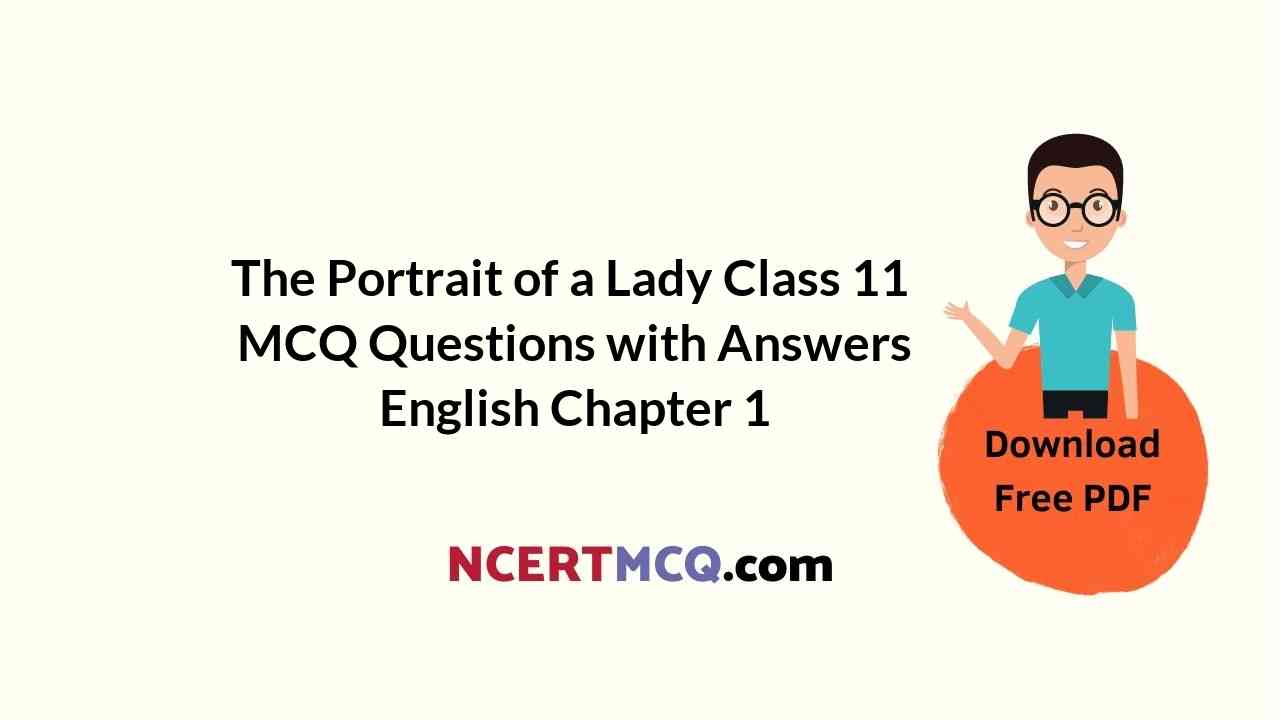We have decided to create the most comprehensive Online Education English Summary that will help students with learning and understanding.
Online Education for Television Poem Summary by Roald Dahi
Television Summary by Roald Dahi About the Poet
Roald Dahl (1916 – 1990) was a versatile Norwegian-British novelist, short story writer, poet and screenwriter. Dahl served in the Royal Air Force during the Second World War, in which he became a flying ace and intelligence officer, and rose to the rank of acting wing commander. In 1953, he published the best¬selling story collection Someone like You. It was followed by a couple of bestselling children’s books, James and the Giant Peach (1961) and Charlie and the Chocolate Factory (1964). The latter was subsequently adapted into a film. Matilda, The Witches, Fantastic Mr Fox, The BFG, The Twits and George’s Marvellous Medicine are some of his other best-known books written for children.
Regarded as one of the greatest storytellers for children of the 20th century, he wrote 19 children’s books. Besides, he also wrote a number of stories for the mature, adult reading public, including the popular Tales of the Unexpected. In recognition of his outstanding contribution to literature, he was awarded the 1983 World Fantasy Award for Lifetime Achievement, and the British Book Awards’ Children’s Author of the Year in 1990. In 2008, The Times placed Dahl 16th on its list of ‘The 50 greatest British writers since 1945’. His books have sold more than 250 million copies worldwide.
Television Summary About the Poem
The poem “Television” by the British poet Roald Dahl was written in 2003. Though the poem is about children, it is addressed to their parents, i.e., adults. In this respect, it is different from his other poems, particularly the ones collected in “Revolting Rhymes” that are directly addressed to children. The use of rhymed couplets is another striking aspect of this long poem that lends it an almost musical quality. Since its publication, the poem has received worldwide popularity and attention for its brilliant style, earthy and uncomplicated tone, and a message that is extremely significant today, when we are uncritically accepting the dominance of technology in all walks of life usually even at the expense of the actual needs of our own kids.
Television Summary of the Poem
The poem ‘Television’ by Roald Dahl states that the television is a hypno- tizer which dulls the imagination of children by all the filth it telecasts. According to Dahl, children who watch the television just constantly stare at the screen bedazzled by the shows which completely control their minds, so much so that they find it impossible to do or think of anything else. He further says that the television set and its morbid shows that are turning our young generation into zombies where thinking is concerned. Values, morals & ethics
are thrown into the dustbin & bizarre information provided by the media is being constantly chewed & digested by children these days. He further states that before the television had come, children used to spend their time reading quality books which, as he appears to be stating in an indirect manner, develops their imagination; sharpens their senses; transports them to the most wonderful places; and allows them to spend their leisure time qualitatively.
Sadly however, it is very difficult today to rid the idiot box from our homes. Of course there are some good points about television watching especially, where the news is concerned to make the pupil aware of what is happening in society. But most of the time, the television is unable to censor the content being broadcast which ultimately leads to a sort of ‘early maturation’ of young students. Books on the other hand can be controlled where information is concerned & always benefits the minds of the scholar. In the poem, Roald Dahl also describes the way an adult can initiate the reading habit in children.
Television Summary Critical Analysis
The poem ‘Television’ consists of a total of 94 lines. These lines are not separated into stanzas. Here they are divided into meaningful segments for ease of comprehension. Roald Dahl follows the same simple rhyme scheme throughout this poem – aabb and so on in a series of rhyming couplets. Only on one occasion does he diverge from this when the end words of the lines rhyme in lines 31, 32 & 33.
The poet uses the device of apostrophe when he addresses his poem to English parents and advises them on doing away with their television sets. He also uses the rhetorical device of personification to give human qualities to something that is incapable of human actions. Dahl uses the device of personification in two cases – first, when he gives television the human ability to kill something, and second, when he gives ‘imagination’ the human ability to die at its hands. The tone of this poem is contrary to what has led the poet to pen his thoughts here.
Dahl is a man who lived through a period of great many inventions, including that of television. However, he is not excited by this so- called progress and development of the human race. He hankers for the olden days when life was simpler, and little pleasures were more easily experienced.
He associates television with the loss of Innocence in children. He is saddened to see that children do not any longer read books as ardently as they used to, when he was younger. He longs to change this, and ‘Television’ comes out of his meagre attempt to do so. In characteristic style, his aim is both to entertain and edify his readers – young and old alike.
The poet talks about the importance of books in the lives of the children and most importantly, how this passion for books has been substituted with the addiction for television. The poet makes the television set like an evil which hinders the growth of brains for the children and hampers their creativity. The poet highlights the vitality of books which are, however, ignored because of this television.
The author, at the end, requests the parents to do away with the television sets from their homes and instead place a nice book shelf at its place and fill it with good books. This will aid the children to build their knowledge, creativity and at the end, will make them successful. No matter, now, the children might rebel at this change and even argue and fight with the parents for throwing away their favourite television, but at the end, they will be benefitting out of it.
And a day will come, when they will acknowledge and thank the parents for doing so.In all, the poem focuses on the concerns about the ill-effects of television on the young minds of young children. The poet is of the opinion that television kills the imagination of children. It also distracts them from the joy of reading. The poem is written not from a child but from an adult’s point of view.
Television Summary Word-Meanings
- install – set up
- idiotic – foolish
- gaping – seeing with mouth wide open
- loll – lie back: slop – spill; splatter
- lounge about – sprawl
- stare – gaze
- hypnotized – spellbound; entranced
- absolutely – completely
- ghastly – terrible; frightening
- junk – waste
- rot – decay; putrefy
- clog – block; choke
- clutter up – jam; block; obstruct
- contented – satisfied
- galore – in sufficient quantity
- isles – islands
- rotter – an unpleasant person: nauseating – disgusting
- repulsive – hateful.

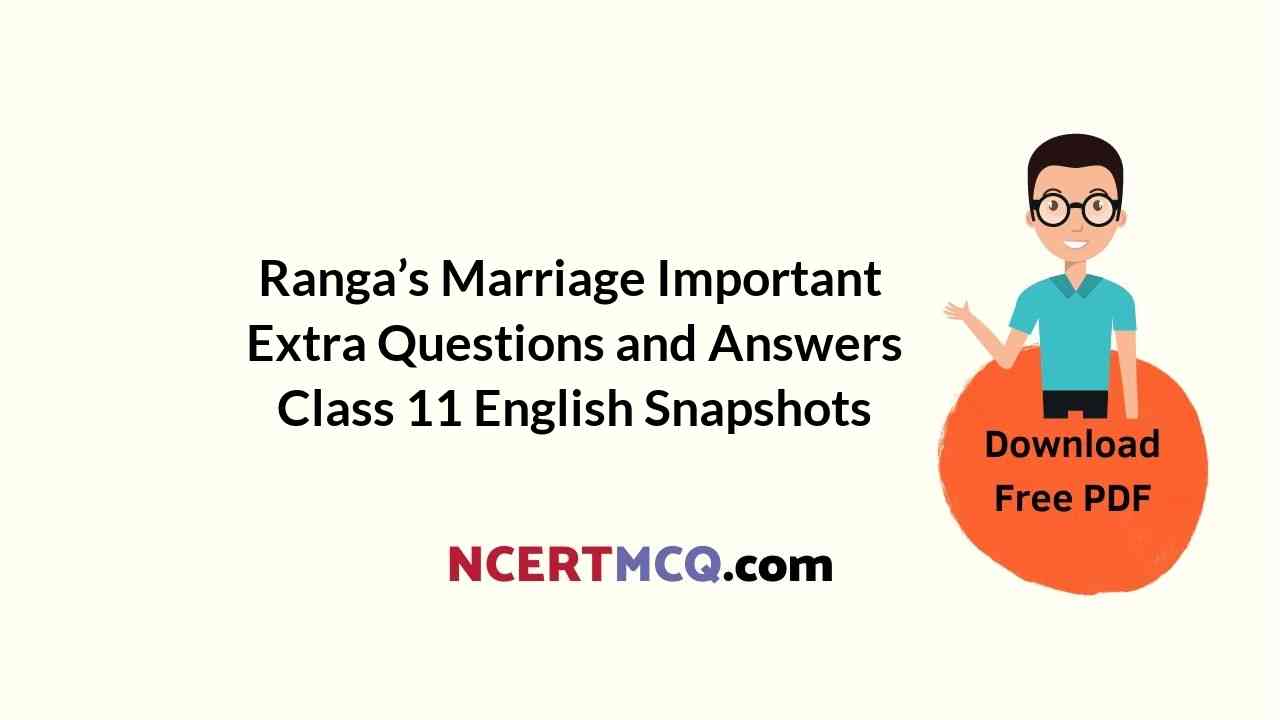
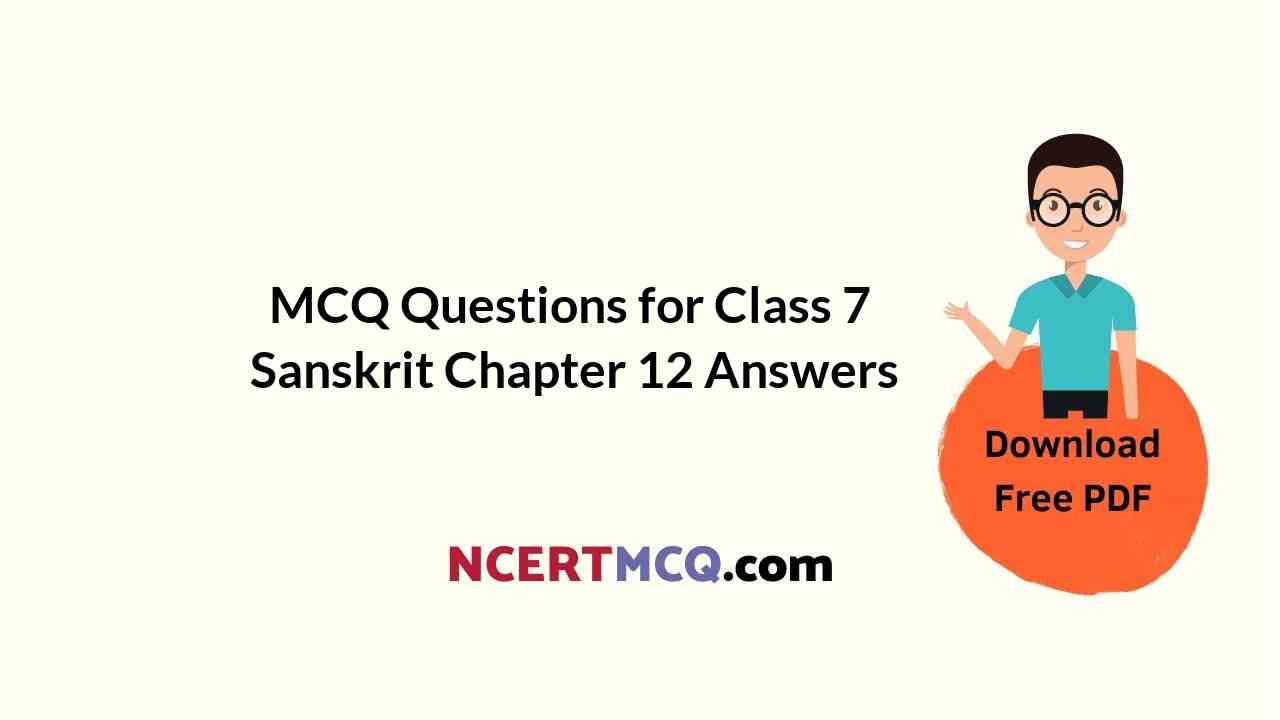
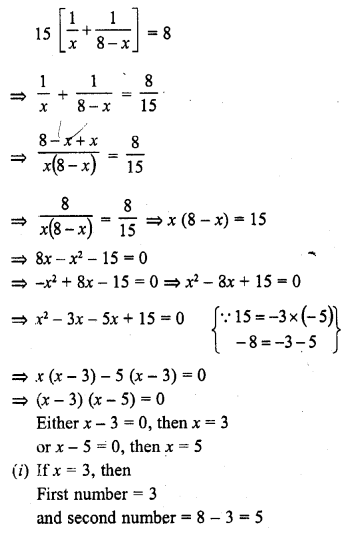
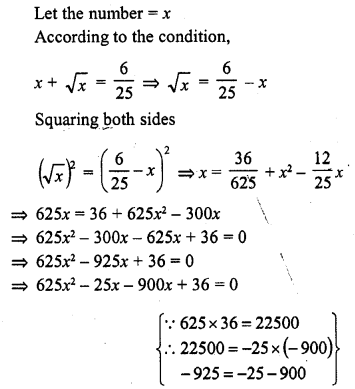
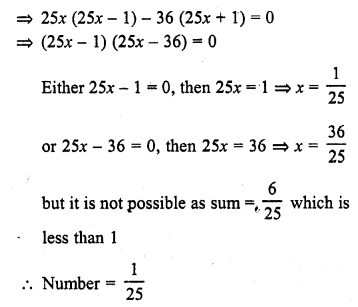
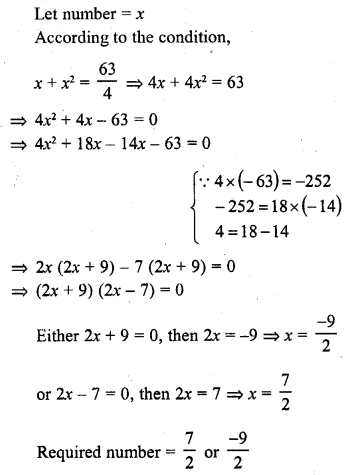
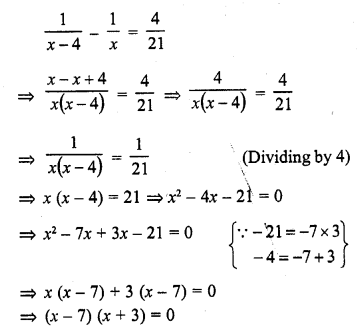
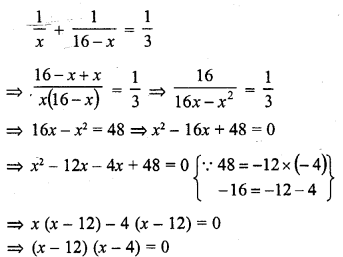
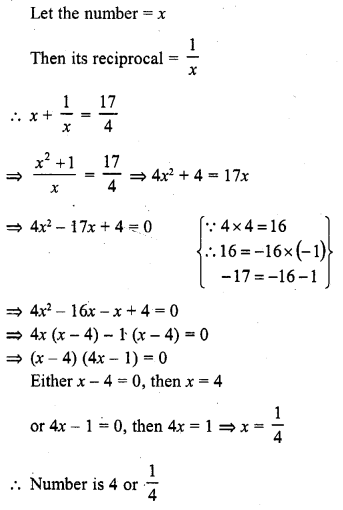
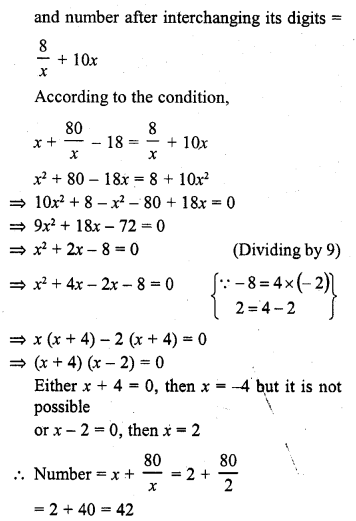
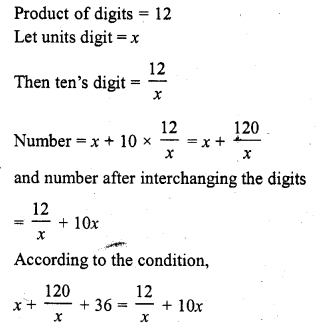

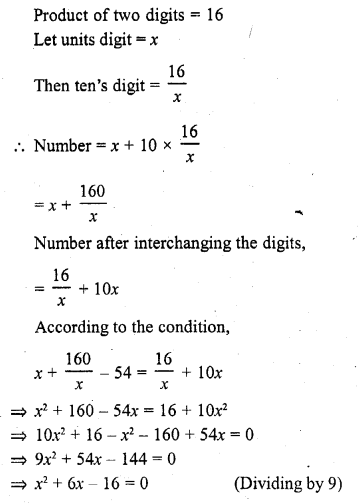
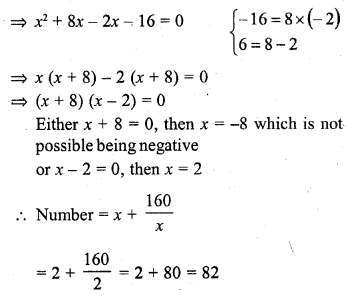
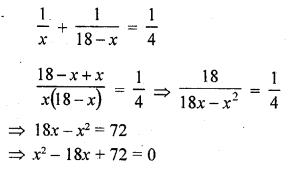


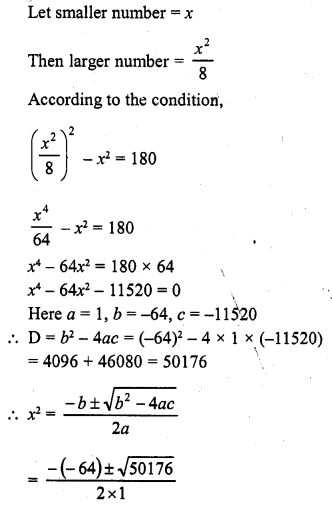




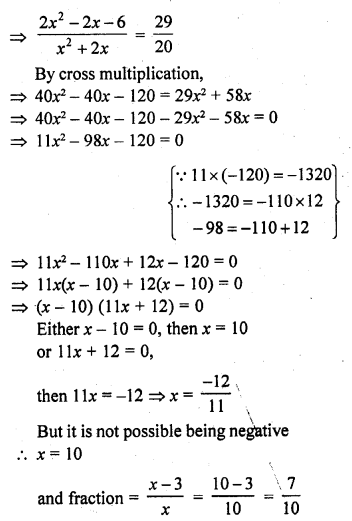

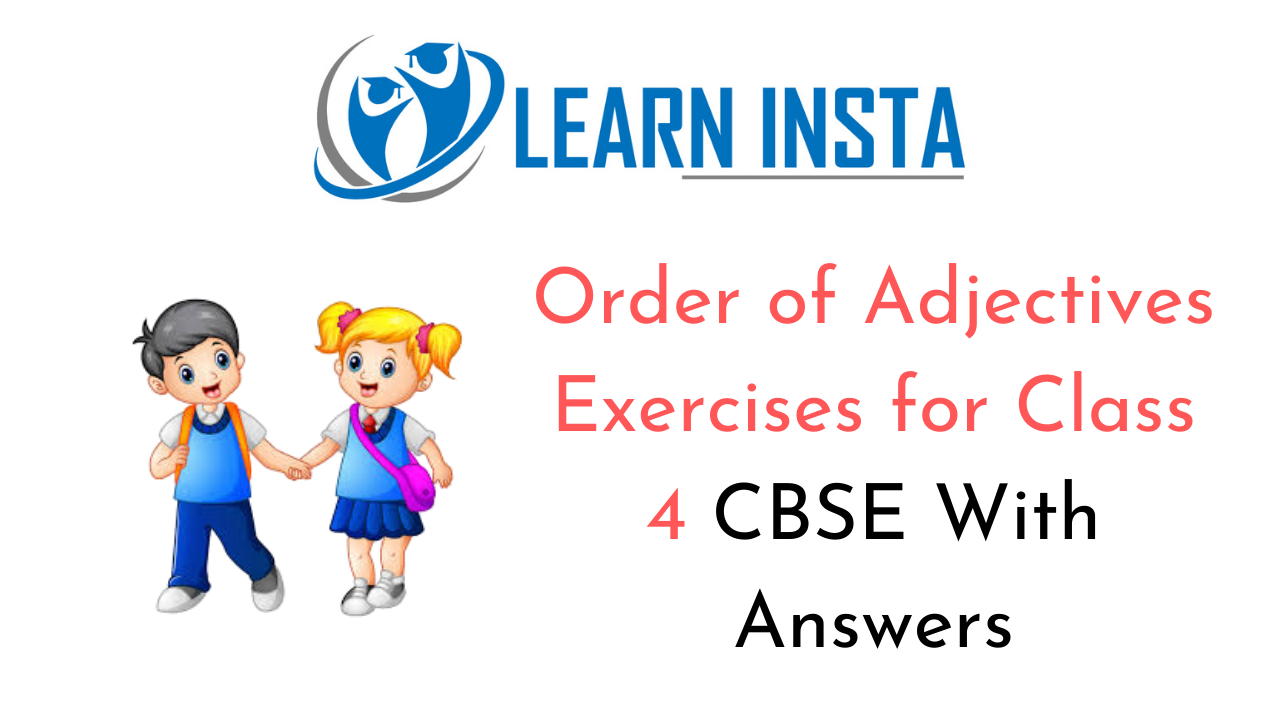 This grammar section explains Online Education
This grammar section explains Online Education 

